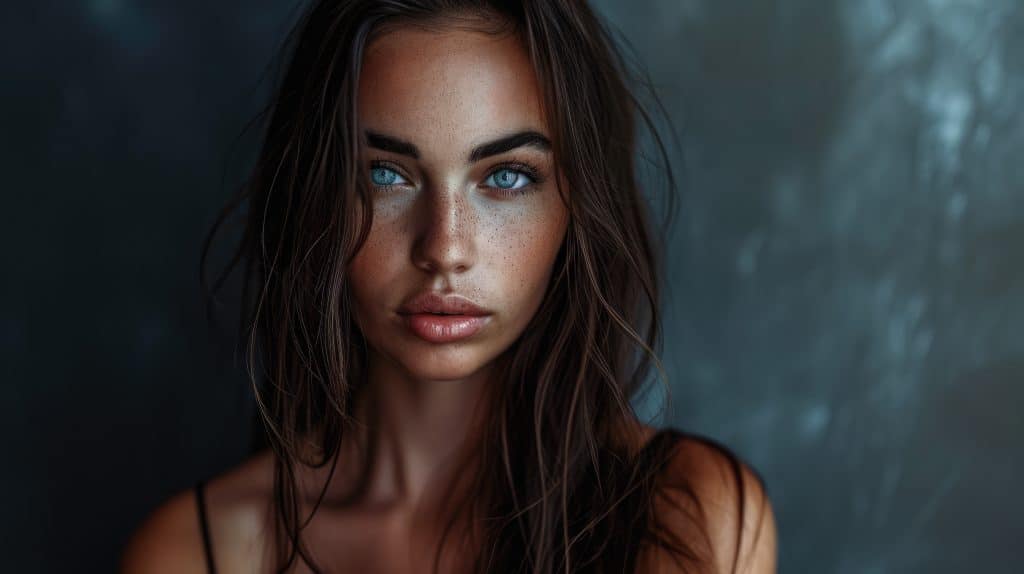AI Models vs. Physical Models – Fashion’s New Face-Off. AI models—digital avatars—are now appearing in campaigns and on runways.


Think of advertising campaigns, commercials, and even film roles—making the introduction of AI into both spheres more relevant and controversial than ever.
AI Models – World Of Fashion
In the glossy world of fashion, change is always in vogue. The latest disruptor? Artificial Intelligence (AI) models—digital avatars created by algorithms—are strutting onto runways and into advertising campaigns, challenging the traditional dominance of flesh-and-blood models. This technological evolution is raising questions: Will AI become the industry’s trusted friend or turn into a foe for creativity and employment?
Meteoric Rise
I’ll admit, I’ve never been an avid fan of AI. Yet, I can’t ignore its meteoric rise and the almost invisible way it has woven itself into the fabric of our everyday lives, from the ads we see to the trends we follow. The fashion world, of course, is no exception.
What’s more, the modelling industry often overlaps with acting—think of advertising campaigns, commercials, and even film roles—making the introduction of AI into both spheres more relevant and controversial than ever. Suddenly, the line between technology and artistry is being redrawn before our eyes, and the debate over AI’s role in these creative spaces has never felt so urgent or so personal.
AI Models – Regulation And Protection
In the US, California and New York laws have changed to protect performers from having their voices, style, and likeness copied by generative AI. Organisations like SAG-AFTRA have also begun drafting agreements to protect these creative rights.
This raises an important question: Should similar laws be established across the UK and Europe to protect models from malicious practices that could exploit their image in the same way?
Shudu, called the “world’s first digital supermodel,” collaborated with Balmain and Fenty Beauty, proving brands don’t care if a face is real — as long as it moves products (Source BBC)
We have yet to fully understand the impact—or potential harm—of this technology. Already, AI models are shaping social media trends. While some age groups have dismissed these digital figures as harmless or irrelevant, a younger generation is quietly adapting to a new normal that deserves our attention and concern.
The Rise of AI Models
AI models, like Shudu and Lil Miquela, are hyper-realistic digital creations designed to embody the latest trends. Brands can tailor these avatars to fit any aesthetic, mood, or demographic, and deploy them instantly across global campaigns. Unlike physical models, AI models don’t need rest, can operate around the clock, and are immune to human limitations such as fatigue or illness. This efficiency is enticing for brands looking to cut costs and maximise output.
Data is king. After years of clutching our phones, tapping on screens, and allowing our every step to be tracked, tech companies know more about us than ever. Cookies on our browsers can predict our desires before we even act. AI models, powered by these algorithms, can target and respond to our preferences in ways that feel almost bespoke.
Advantages for the Fashion Industry
AI models offer unprecedented versatility. Designers can visualise clothing on any body type, ethnicity, or age, challenging traditional beauty standards. Digital models also reduce the carbon footprint associated with travel, fittings, and photoshoots, aligning with the industry’s growing sustainability goals. For emerging brands, AI models are a cost-effective way to create high-quality content without a large budget.
Diversity is a hot topic among designers, and many argue that algorithms can help generate a more inclusive approach to fashion. But isn’t this conversation a bit academic? What about the human touch—the way we connect, interact, and communicate with empathy? Shouldn’t we pause to consider how these changes might affect our shared experience and the narrative of fashion itself?
The Human Touch: Irreplaceable or Obsolete?
But there’s a flip side. Physical models bring personality, spontaneity, and unique presence to the runway—qualities that AI, for now, can only approximate. There are concerns that widespread adoption could lead to job losses for human models and creatives, and possibly homogenise fashion by favouring algorithmic perfection over authentic diversity. Moreover, the emotional connection between consumers and real people may be difficult to replicate digitally.
Perfection
Our pursuit of perfection might ultimately work against us, but only time will tell. For now, it’s clear that larger fashion houses—with the resources to invest in expensive software—have free rein to use algorithms to dominate the market, often leaving smaller brands at a technological disadvantage. As an observer, I don’t see this as entirely negative. Smaller fashion houses continue to value the human touch, emphasising a physical presence and embracing imperfection as a unique advantage amid the rise of machines.
Friend or Foe?
AI models are neither inherently friend nor foe. They are powerful tools whose impact will depend on how the industry uses them. When thoughtfully integrated, AI models can complement physical models, offering new creative possibilities and making fashion more inclusive and sustainable. However, if used solely to cut costs or replace human artistry, they risk eroding the soul of fashion.
The Verdict
The future of modelling may be a harmonious blend in which AI and physical models share the spotlight. As technology evolves, the fashion industry will need to balance innovation with authenticity—ensuring that, whether digital or human, the models representing brands continue to inspire, challenge, and move us.
AI is already woven into the fabric of our lives and industries. Whether it ultimately becomes our ally or adversary is a story only the future can write.
– Networking Magazine
Contact the magazine.
Join us on our talk show.




